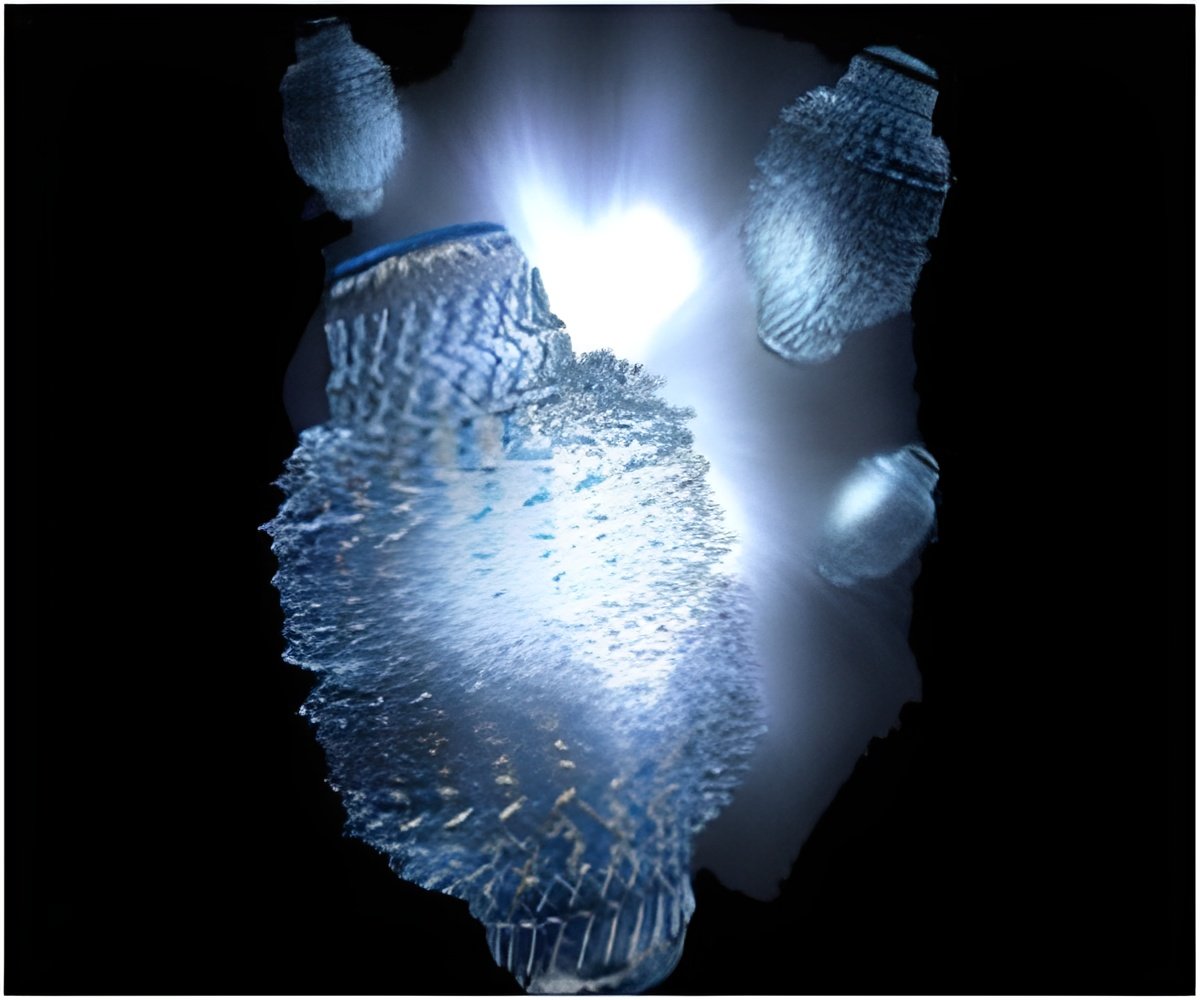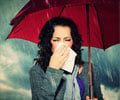A highly efficient and durable bacteria-and virus-killing material which may be integrated into personal protective equipment (PPE) in the near future to prevent the outbreak of emerging infectious diseases developed.

‘The sustainable nano-fibrous membranes (RNMs) show potential for use in applications like tissue engineering, medical therapy equipment and smart wearable devices.’





"The material is made of electrospinning nano-fibres. Its 200-nanometre small pores can effectively block pathogens and also increase their contact with the photo-catalytic antibacterial component on the nano-fibres," said Si Yang lead author, a postdoctoral student at the University of California-Davis. The RNMs killed bacteria (Escherichia coli and Listeria innocua) at over 99 per cent efficiency under 30-and 60-minute daylight irradiation and killed viruses (T7 phage) just as efficiently at a faster rate, in only about five minutes under daylight.
Moreover, because of its rechargeable feature, the RNM continued to kill the pathogens in the dark, disrupting bacteria within 120 minutes and viruses within 30 minutes.
Current light-responsive biocidal materials, on the other hand, typically need around five to 10 hours to reach the level of bacteria-killing efficiency.
Source-IANS










